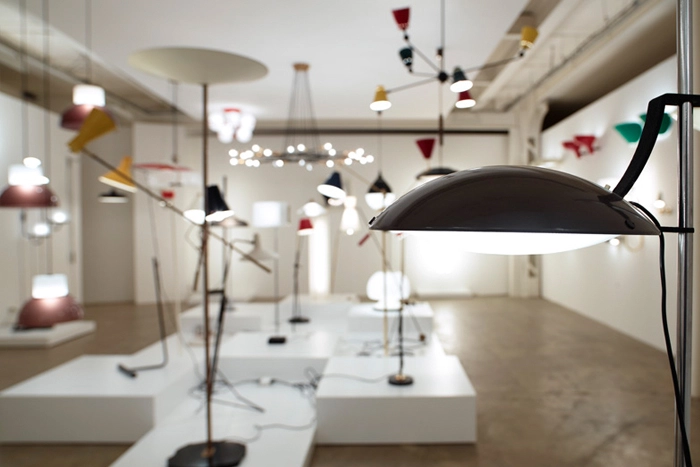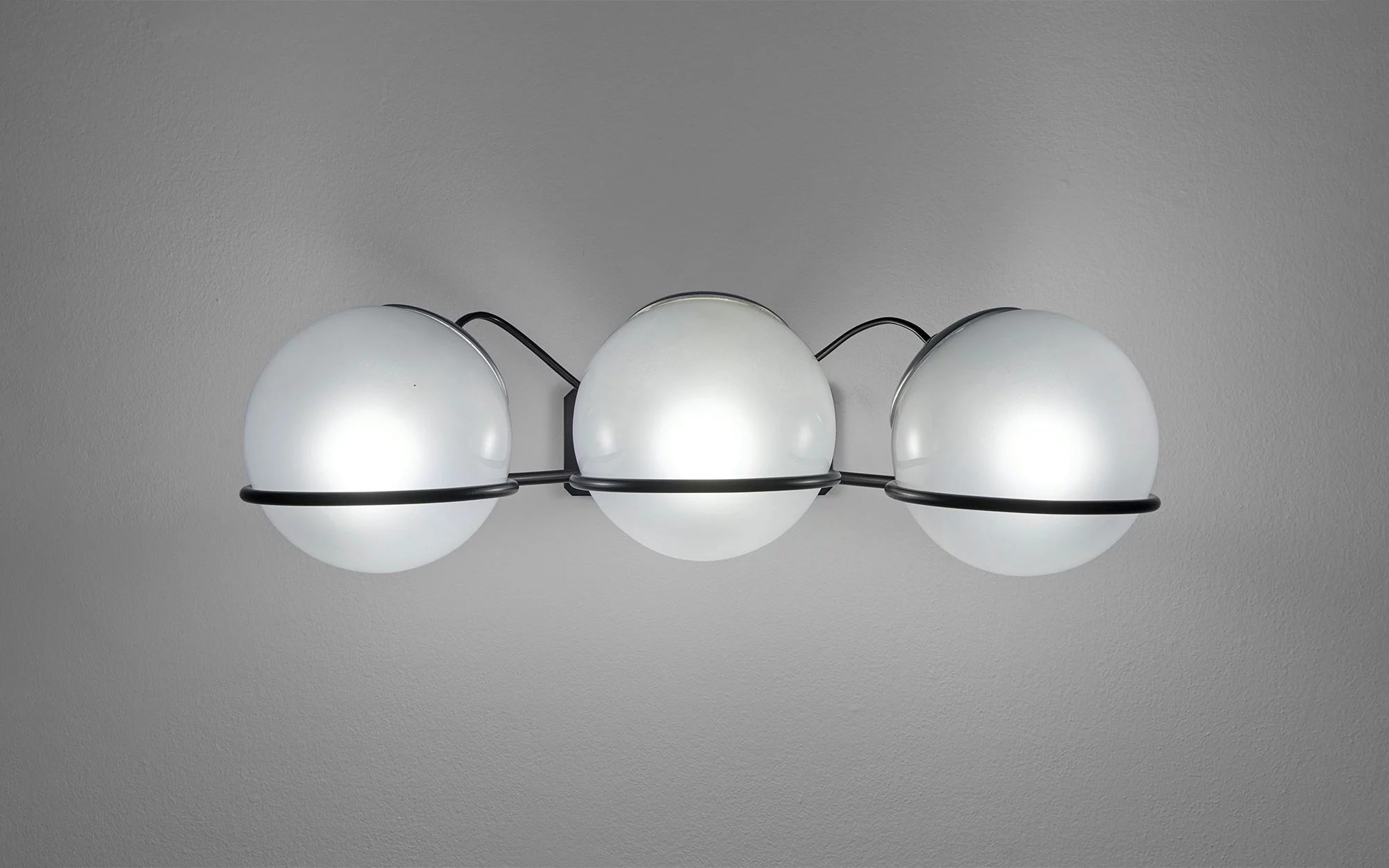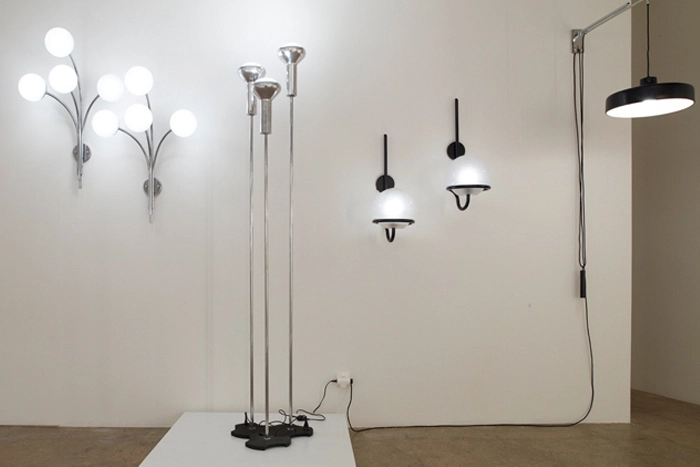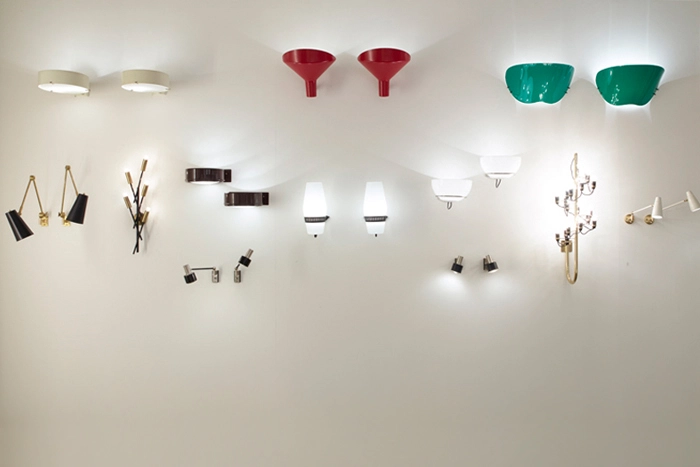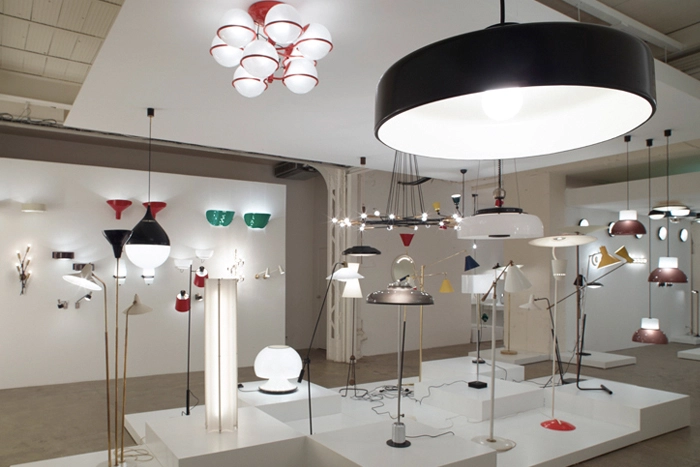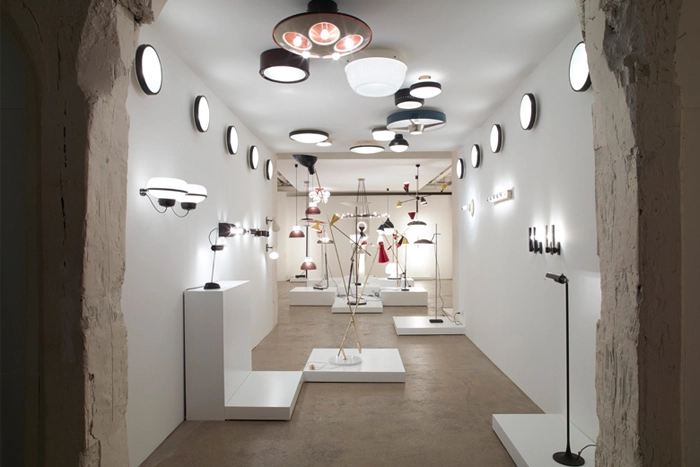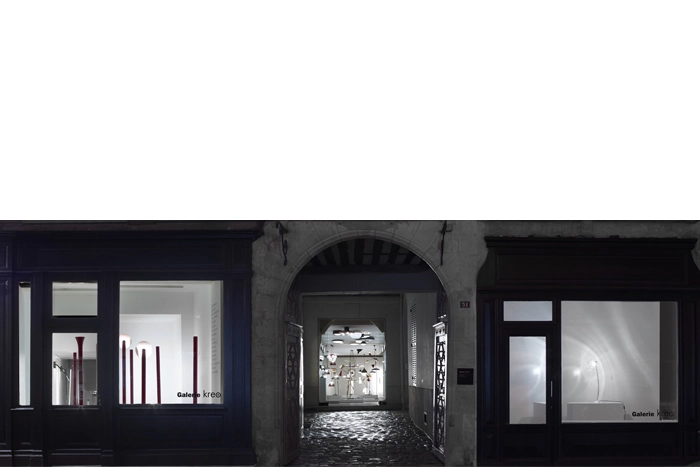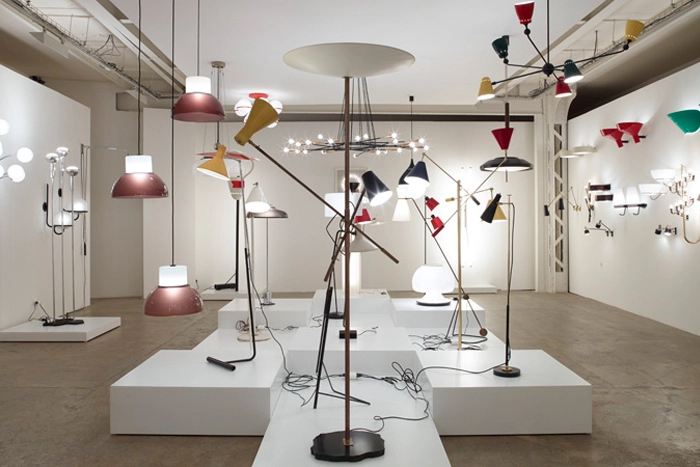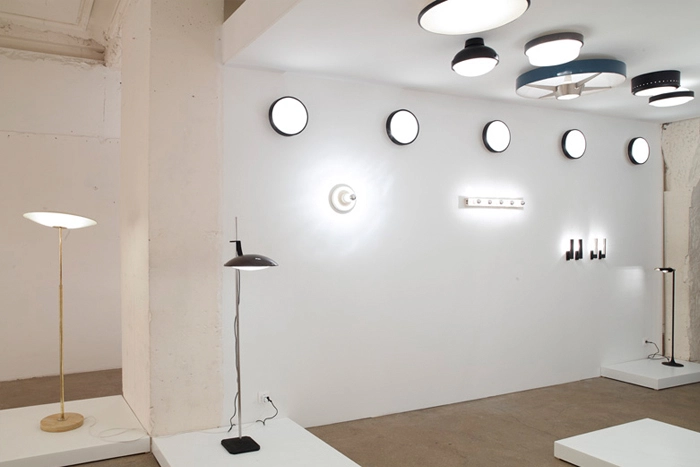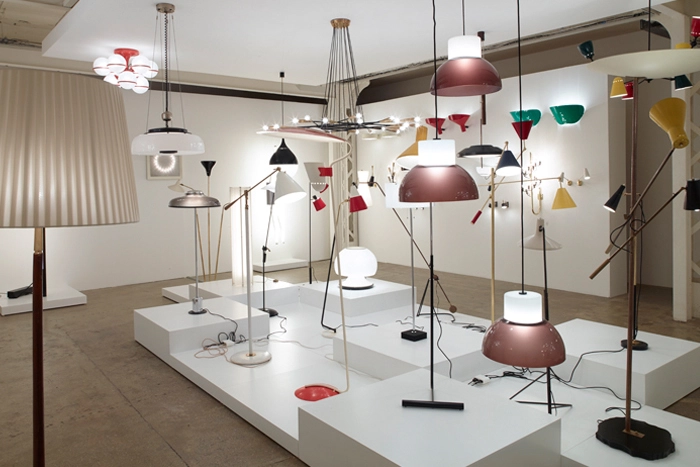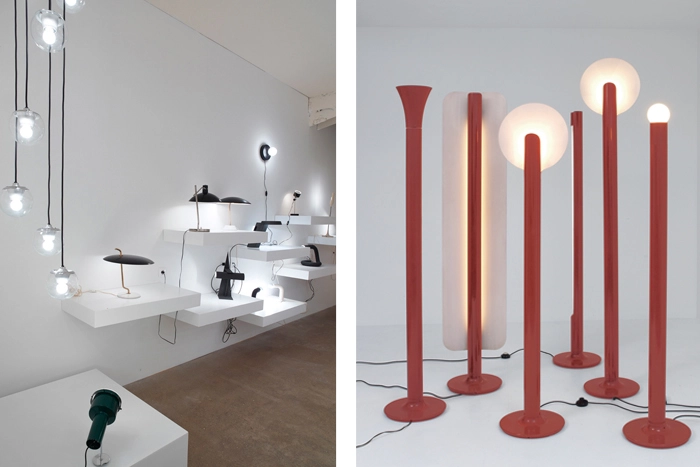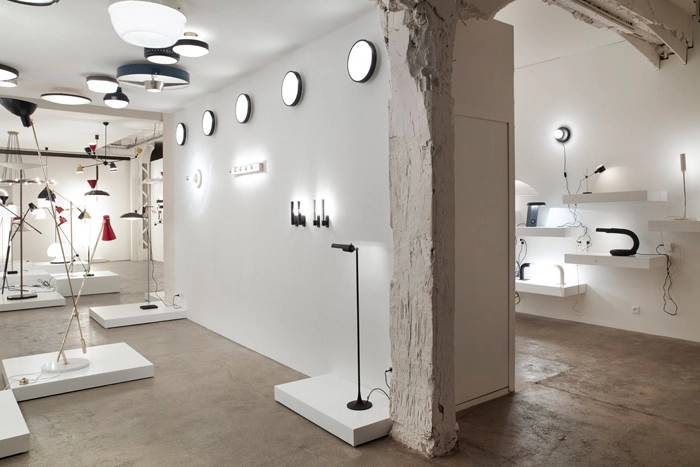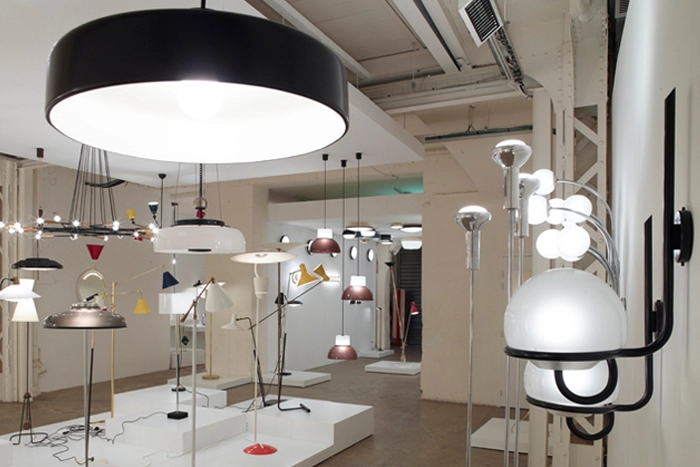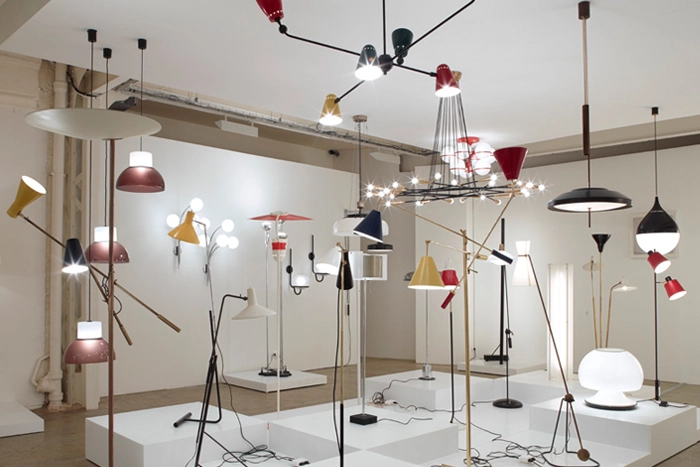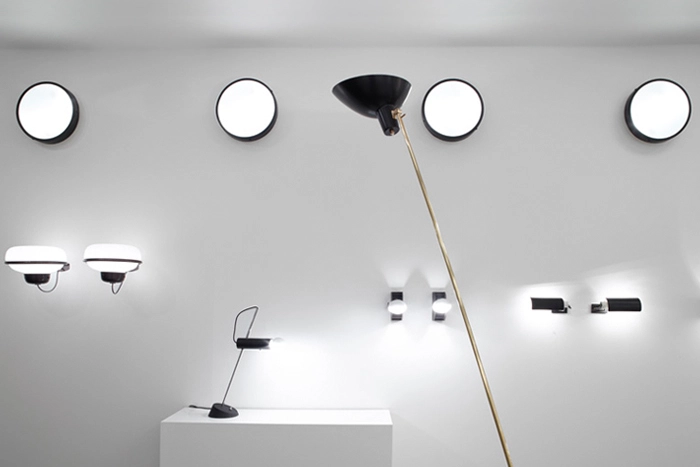If the 1960’s owe one of the greatest films of all time to Federico Fellini’s genius, Anita Ekberg’s physique, Marcello Mastroianni’s charisma, and Rome’s splendor, we can mostly give thanks to Otello Martelli’s eye, the cinematographer of La Dolce Vita—an awaken dream where shadows and lights collide...
If the 1960’s owe one of the greatest films of all time to Federico Fellini’s genius, Anita Ekberg’s physique, Marcello Mastroianni’s charisma, and Rome’s splendor, we can mostly give thanks to Otello Martelli’s eye, the cinematographer of La Dolce Vita—an awaken dream where shadows and lights collide. The cinematographer, responsible for the camera, lights, and even the mise en scène, is an architect of lighting in both technical and aesthetic aspects. Having worked with Robert Altman, Steven Spielberg, and Brian de Palma, Vilmos Zsigmond recently explained: “At first, there’s light, then the frame, then the actors, then the story…” (Cahiers du cinéma, no. 702, Summer 2014). A philosophy that the designers included in this landmark exhibition have maintained at the core of their work on the object, function and setting.
In 1960, when la Dolce Vita was released, these designers had mastered the techniques to achieve their creative expression, illustrated by the production of some of the most important lights within the history of design. This pioneering group of designers include Achille & Pier Giacomo Castiglioni, Joe Colombo, Gio Ponti, Gino Sarfatti, Vittoriano Vigano from Italy, and Pierre Guariche, Robert Mathieu, Joseph-André Motte, Pierre Paulin, and Alain Richard from France. 1960: three years before the artist Dan Flavin presented his first fluorescent pieces, but six years after Gino Sarfatti’s legendary “3026” ceiling light and “1063” floor light—two simplified masterpieces.
A life dedicated to lights is the uniting factor that brings these designers together—one can consider them “cinematographers of our interiors and daily landscape”—thanks to a passion that Didier Krzentowski has been fueling for thirty years. It must be said that Gino Sarfatti and Arteluce, the lighting production company he founded and then ran from 1945 to 1973, are the emblems of this period. Sarfatti dedicated his life to creating and producing lights, and understanding how to combine the bulbs, their medium and space harmoniously. For this reason his creations are at the core of this large selection of more than 120 lights (ceiling, wall, floor and desk lights).
This overview of the history of lighting design is placed in the context of previous important exhibitions: Lumières, je pense à vous (Centre Pompidou, Paris, 1985) and Gino Sarfatti. Il design della luce (Triennale Design Museum, Milan, 2012). It presents the evolution of the technical and plastic innovation of lighting design from the 1950s (the use of colored lampshades, the rise of the fluorescent light, and the study of structural and spatial limitations) to the changing forms of the 1960s (narrative will and the race to Space) and the technical experimentations of the 1970s (the creation of the halogen bulb and the introduction of plastic into functional design).
La Luce Vita brings together French and Italian creations like Pierre Guariche’s “G23” light (1951) and Vittoriano Vigano’s “1049” light (1952) around an experimentation with mobility through the new use of counterbalance, or Gino Sarfatti’s innovative articulating “1050/2” light (1951) associated with Robert Mathieu’s (1955-1956). The research and development of lampshades and bulbs, integral to the work of these designers, bands together various families of lights. Most importantly, “237”, “238”, “239”, “2042” by Gino Sarfatti, for which the diameter of the globe increases consecutively. Adding to this exhibition, several contemporary pieces will be presented in the windows of the gallery, and the editor JRP|Ringier is releasing their book The Complete Designers’ Light II, edited by Clémence & Didier Krzentowski and reproducing over 650 lamps from the 1940s to the 2010s (ISBN : 978-3-03764-356-3).
Designed like a landscape with various heights and volumes, a bright cave where stalactites and stalagmites reflect upon another, this exhibition celebrates the taste of experimentation, formal and technical creation, and the functional success of these designers who wrote one of the most important chapter in the History of Design.
Image credits: © Peter Hepplewhite – Courtesy Galerie kreo
